Peperomia Obtusifolia Jade Tissue Culture
$4.65
Peperomia Obtusifolia Jade, otherwise known as the Jade Tree is a succulent and ornamental plant. It’s native to northern Mexico, Belize and Peru, and it’s widely cultivated in tropical and subtropical regions of those countries. The name” Jade” comes from the word “jade” which means “the bright metal”. As such, the plant is used for everything from decorations and sculptures, to natural medicines and teas.
Out of stock
SKU: PEPOBT801144T
Category: Tissue culture
Peperomia Obtusifolia Jade Uses:-
- Peperomia obtusifolia jade is part of the family of Geophytes, which are plants that exist inorganic reserves. This includes both fossil and living matter, including soil and rocks. Geophytes do not need sunlight to survive; they have no leafy branches or roots, and they grow only on organic levels in well-drained soils. The word ‘geophyte’ derives from the Greek word that means plant. Today there are several well-known varieties of geophytes that grow wild across many parts of China.
- The peperomia family also includes several different types of fungi, including the scented iris that grows on the leaves of the jade plant. The iris is composed of a single flower ranging from purple to blue. It is seen in the market as a symbol of love and affection. In China, the iris is called the ‘seventh heaven’ and is related to the moon goddess. Today the iris is used in traditional medicine to stimulate the reproductive system, as well as to treat infertility.
- The Health Benefits of Peperomia Obtusifolia Jade Plant is one of the best-known species in the family of cacti. It is the only cactus in the family that is not dependent on sunlight for photosynthesis. It is a monopodial plant, which means that it grows on its own, without the help of any external factors such as soil. This makes it ideal for use as an organic, biodegradable fertilizer. In addition to its organic properties, it is also used as a natural detoxifier and to purify the air, both of which are important for improving health.
- Peperomia Obtusifolia Jade originates from the quarries of China, Vietnam and Cambodia. Its leaves are small, about one-half inch long. The flowers grow to about two-thirds of the length of the plant and grow in single clusters on the branches. They are dark green in colour. The petals of the jade flower are slightly curved and they contain numerous spines.
Peperomia Obtusifolia Jade Health benefits:-
- The leaves of the plant are very similar in appearance to juniper leaves. However, they are darker in colour. These leaves are rich in antioxidants, which help to fight off free radicals from the body. They also have vitamin A and vitamin C. Peperomia obtusifolia jade is believed to improve overall health and immunity of the human body. It is used as an energy drink, which promotes general vitality, mental clarity, and vitality.
- The Health Benefits of Peperomia Obtusifolia Jade Tea is made by steaming the fresh leaves of this plant. The process of steaming makes the leaves less slippery. They should be used with caution around the mouth, eyes, and oesophagus. Some people may experience slight stomach discomfort or diarrhoea from using this tea.
- Because this tea is used in many Asian countries, it is not harvested in the same way as other plants are harvesting. The leaves are hand-picked and they are dried before they are packaged for export. Once they are dried, the leaves are then piled one atop the other. This process increases the antioxidant content of the plant.
- There are many different types of plants that have health properties. One such plant is the Jade Tree. The health benefits of the Jade tree can be traced all the way back to ancient times. In China, the Jade tree was used for the crowning of the heads of emperors. This ancient Chinese medicine has been proven effective at treating illness, stress, pain, blood circulatory problems, and improving general health. Because of its many health benefits, the Jade tree is now grown in other parts of the world where it is harvested for the creation of tea.
Peperomia Obtusifolia Jade Properties:-
- Jade tree bark is a valuable medicinal herb that has been used for thousands of years. Many kinds of herbs have powerful antibacterial, anti-inflammatory and antiseptic properties, making them highly desirable for use in the treatment of many diseases. And Jade tree bark is definitely no exception. It has the ability to reduce or even eliminate inflammation and swelling, as well as easing pain and healing burns. It is also a strong antioxidant, with many proven benefits. And it stimulates the immune system.
- Today, peperomia obtusifolia jade is used in a variety of ways. One of the most popular uses for Jade today is in the manufacture of supplements and other health products. There are many different manufacturers and brands available today, and it’s certainly worth your time to shop around and compare prices before you buy to make sure you’re getting the best deal.
- Besides its many useful qualities, Jade is also used as a healing aid. It can relieve stress, calm and ease anxiety, improve vitality, and balance the blood flow in the body. It can also help relieve congestion in the lungs and ease the symptoms of bronchitis, pneumonia, and asthma. And it’s very effective against viral, fungal, and bacterial infections.
- Peperomia Obtusifolia Jade is often confused with the lesser-known Pterocarpum forum, which is, in fact, another species of this plant. Pterocarpum forum has, in addition to jade, other dark green foliage, small flowers, and large flowers. The leaves of Pterocarpum forum have a distinct, lemon-scented scent. This can be quite pleasant when mixed with essential oils.
- The most common use of Jade in the world today is for jewellery. It can be carved and polished into rings, necklaces, bracelets, and earrings, as well as being used in creating art pieces such as sculptures and figurines. It is also used to make into beautiful beads, pottery items, and clothing accessories. The stone comes in a wide variety of colours, and many different patterns and cuts are available. Each piece is uniquely its own, and it can often become more valuable with wear.
- The Chinese believe that the stones can relieve pain, both physical and psychological. They believe the jade stone helps to stimulate the immune system. They also believe that the healing properties of the plant help to fight against illnesses, both foreign and domestic. The jade plant is also believed to be a talismanic force, able to ward off enemies and heal those who come into contact with it.
- The origin of peperomia obtusifolia jade is unclear. Many theories have been written down, but very little is actually understood. However, the jade plant does have certain qualities that seem to tie it closely to the Japanese culture, and it has been suggested that it may have been brought from them. Perhaps most importantly, to modern-day enthusiasts of the Chinese art, the beautiful green leaves and patterns used in the carving on many jade pieces can be tied inextricably to the history of China itself, and its rise to global prominence as a world power.
- Today the peperomia obtusifolia jade plant is still cultivated, largely for its gemstones. It has become a very rare commodity, difficult to find and therefore worth far less than its original price tag. The green foliage is also highly sought after. Although there are some well known natural varieties of the jade plant, such as the Chinese astrological chart, the most popular form of the plant is jadeite, which is often artificially dyed green to make it appear more attractive and obtain higher marketability. The most common form of this stone is a green gemstone that is cut in the shape of a heart or other highly geometric design.
1 review for Peperomia Obtusifolia Jade Tissue Culture
Add a review Cancel reply
Related products
Tissue culture
$7.74
Tissue culture
$7.38
Tissue culture
$6.87
Tissue culture
$9.33
Tissue culture
$7.74
Tissue culture
$7.53
Tissue culture
$7.53
Tissue culture
$6.87

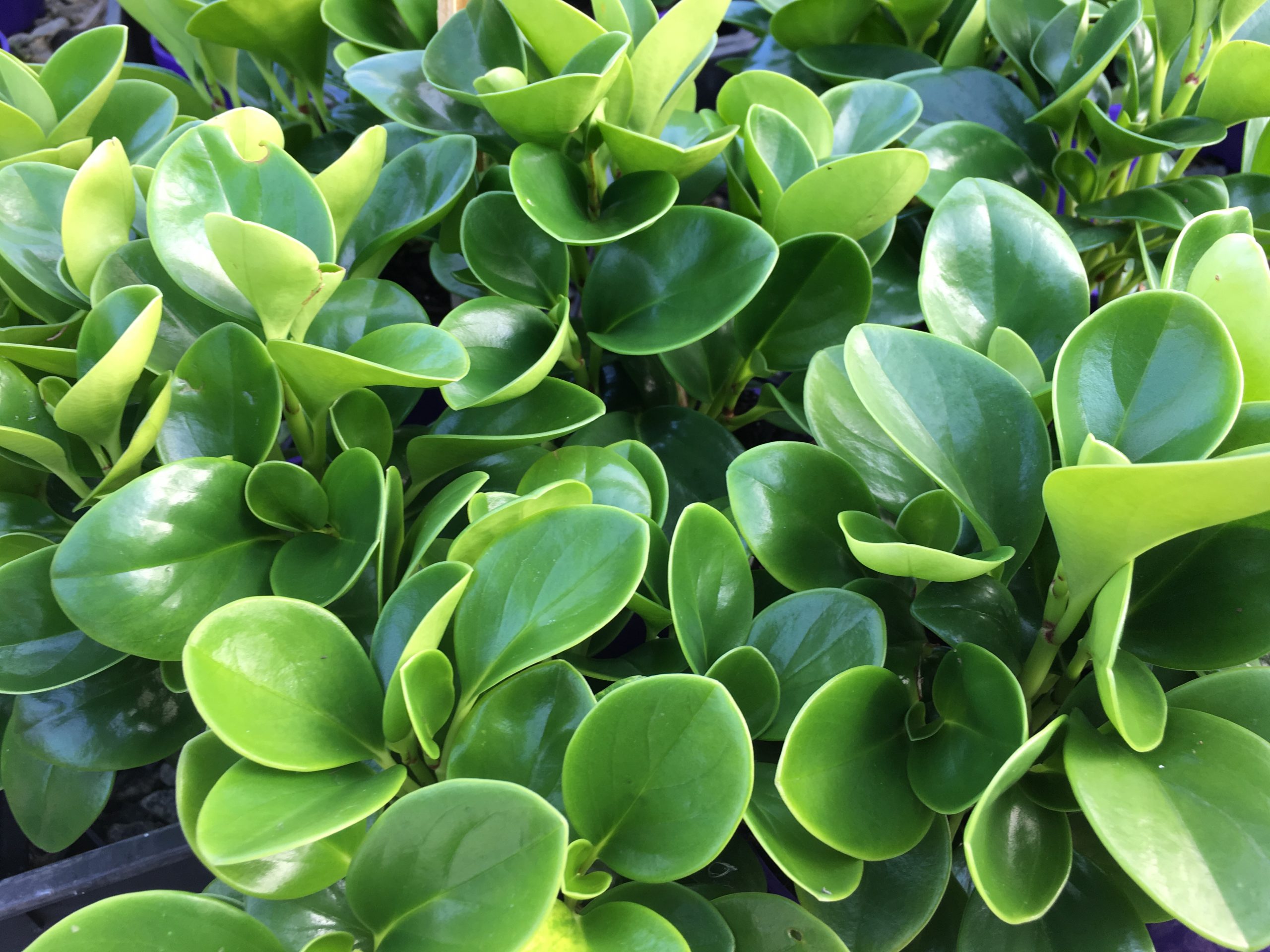
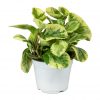

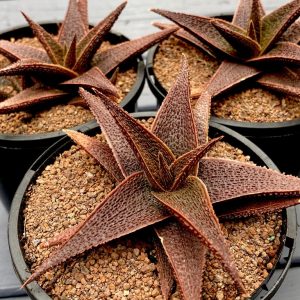
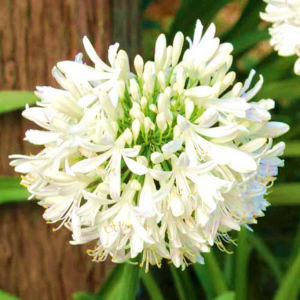
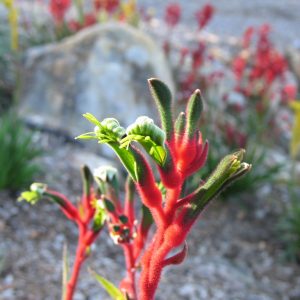
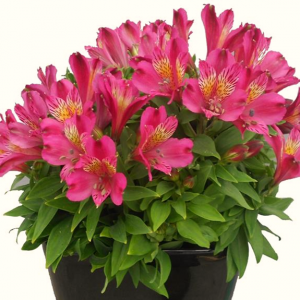
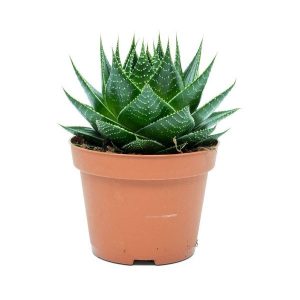
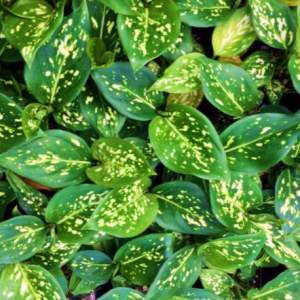
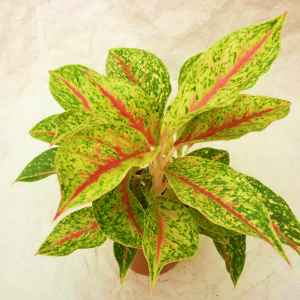
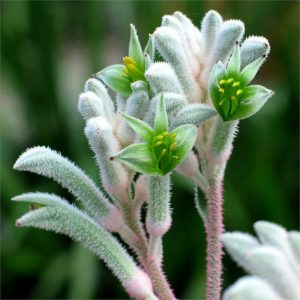
Lynell –
I like the helpful info you provide on
your articles. I will bookmark your weblog
and check again right here regularly.
I’m somewhat certain I
will learn many new stuff proper right here!
Best of luck for the next!
Look into my blog :: Shaun Gibson